Landsknecht Emporium’s Dorothea is their first exploration outside of the world of the Messer and they have chosen the fierce Dussack to reproduce in their workshop. Nimble, responsive and elegant, the Dussack still cuts and slices with great ability with its curved, saber-like blade. The sword is surprisingly light and easy to wield thanks to its extensive distal tapering. The base of the blade is thick and strong, and the main cutting portion where it flares out in a pronounced yelman with a sharpened false edge is thin to ensure it can slice through a target with minimized drag, as well as push the balance of the sword closer to the hilt for a finely tuned handling and balance.
The protective guard and pommel are crafted from mild steel and the wooden grip is bound in black leather to complete the hilt. The blade is stoutly peened over the pommel for a robust and secure assembly.
The dussack is a sidearm originating in the early 16 th century, and it was first mentioned in the manuscript ‘Ergrundung Ritterlicher Kunst der Fechterey’ written by a fencing master Andre Paurñfeyndt in 1516. It has soon become a standard part of fencing treatments, where they are usually shown as made out of wood (for practicing purposes).
The actual weapon is defined by a now often curved blade, a knucklebow and protection for the back of the hand. The dusack’s blade length usually lies between 635mm and 884mm. When it comes to the blades and hilts, the originals and period depictions show a considerable variation. Per Terje Norheim created a typology for them in 1971 which was translated by Keith Cotter-Reilly in 2020, who inspired us to do this project. From all the available variations, we choose a type G hilt with a type III blade – the latter is approximately equivalent to the Elmslie type 4a++ blade.
The blade and pommel are all fully ground by hand, the cross and the shell are hand- forged in Landsknecht’s Emporium. The peculiar finials and pommel shape are based quite closely on antique Dussacks and are representing stylized sea monsters. According to Major Eivind Eyvang’s publication on the subject (also translated by Keith Cotter-Reilly), dussacks hilted with type G hilts are the lightest variation, with the originals weighing between 920g and 1150g. Our interpretation aims at a weight of 1050-1070 grams which yields a fast, nimble weapon while still having a sturdy enough blade to survive sparring.
While original type G hilts don’t really show any hard connection between the shell and the cross, we decided to braze them together for added security. It is also important to point out that although we slightly oversized the shell and cross, it may not fit heavy, bulky gloves.
Landsknecht Emporium products aim to have the aesthetics of historical pieces, not the finish of mass-produced items. Each product bears the signs of its making; of small tool marks and various handcrafted imperfections, which do not affect the build quality or usability but give each of our pieces its unique character.






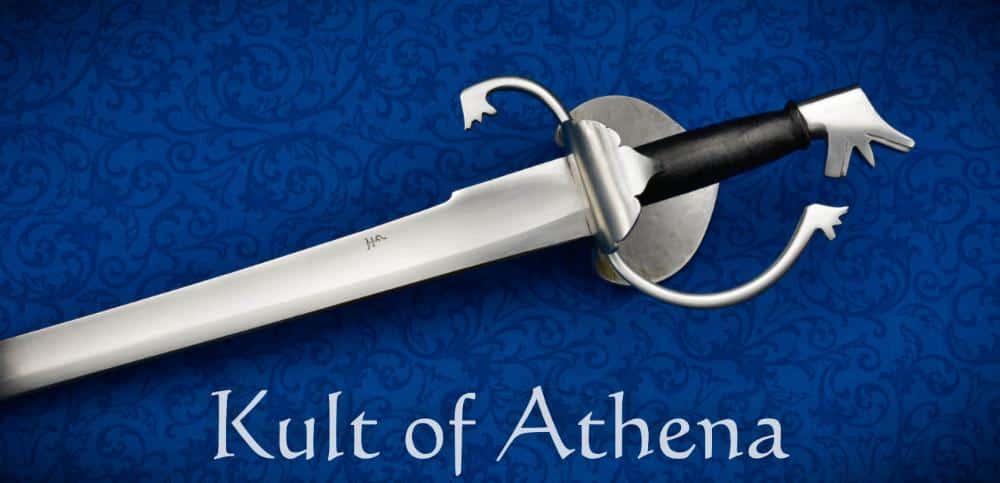
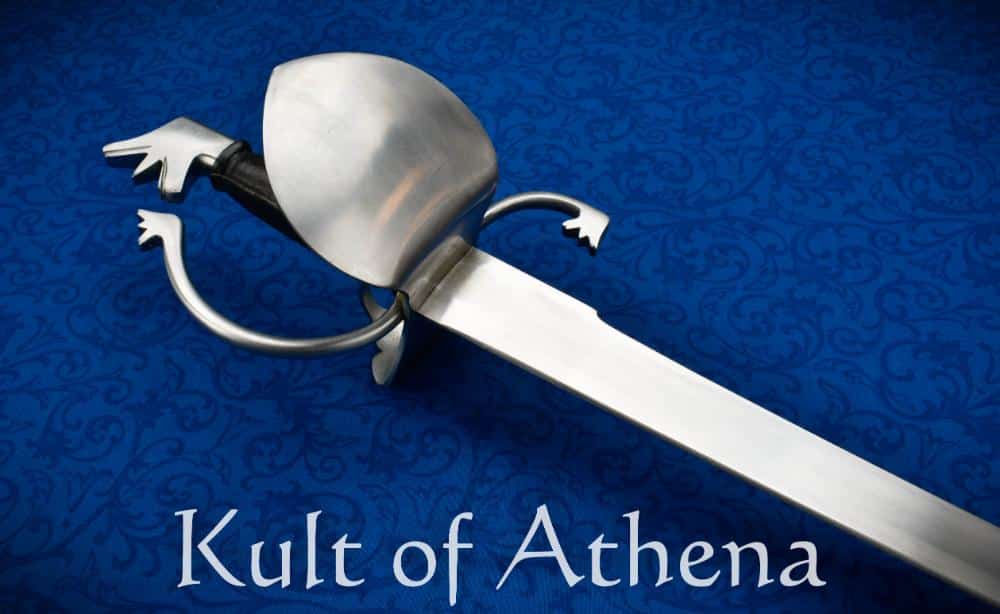
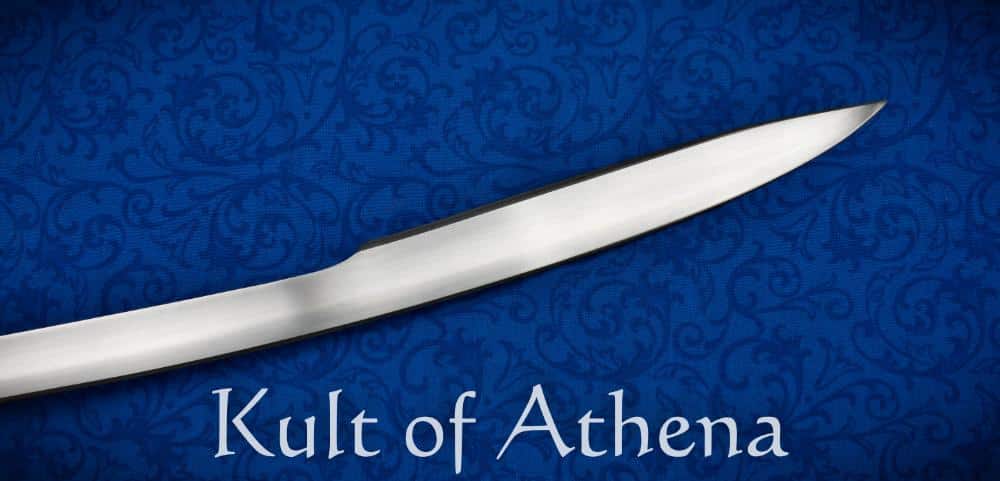
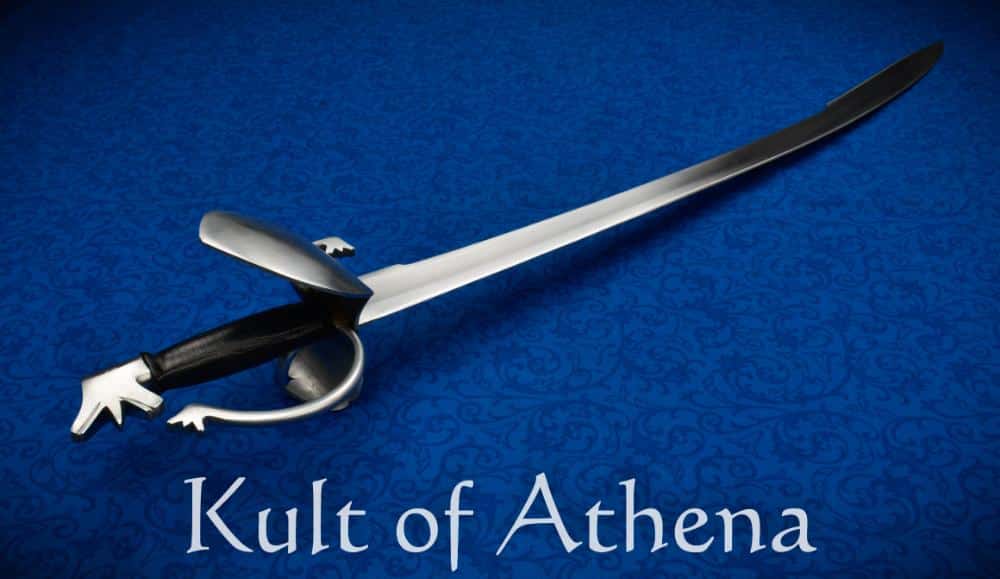

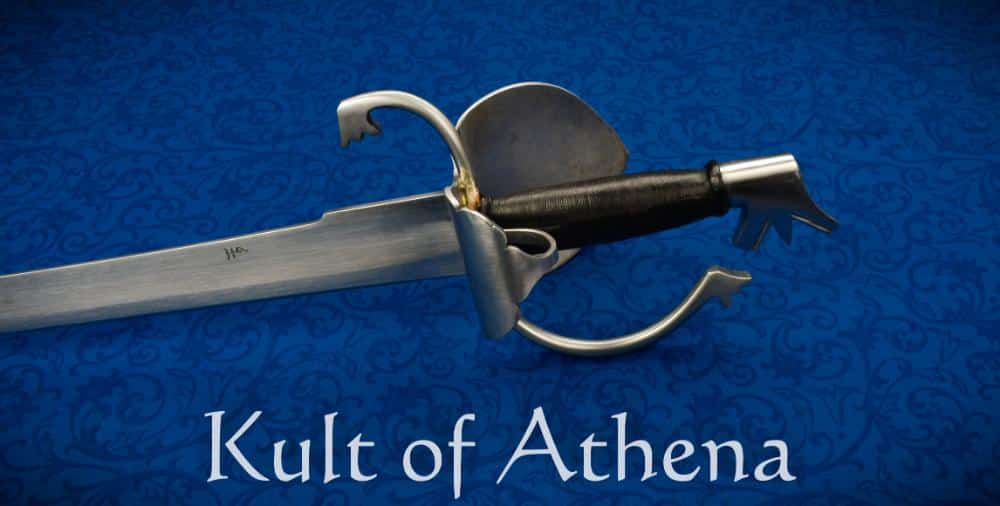

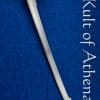


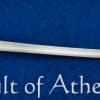
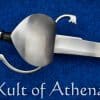

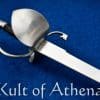
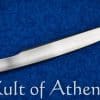

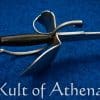
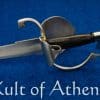
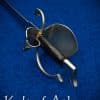
Cody Click (verified owner) –
My first purchase from KoA and I couldn’t be happier. The Dorothea arrived quickly and better packaged than I expected. Between the curve and the yalmen the blade is very good looking. Just nimble enough to still do dussack/messar techniques but cuts like a dream. Whoever sharpens their swords knows what they’re doing. Two months later and I’m still impressed by the original edge. Absolutely worth it for the money and KoA is great.